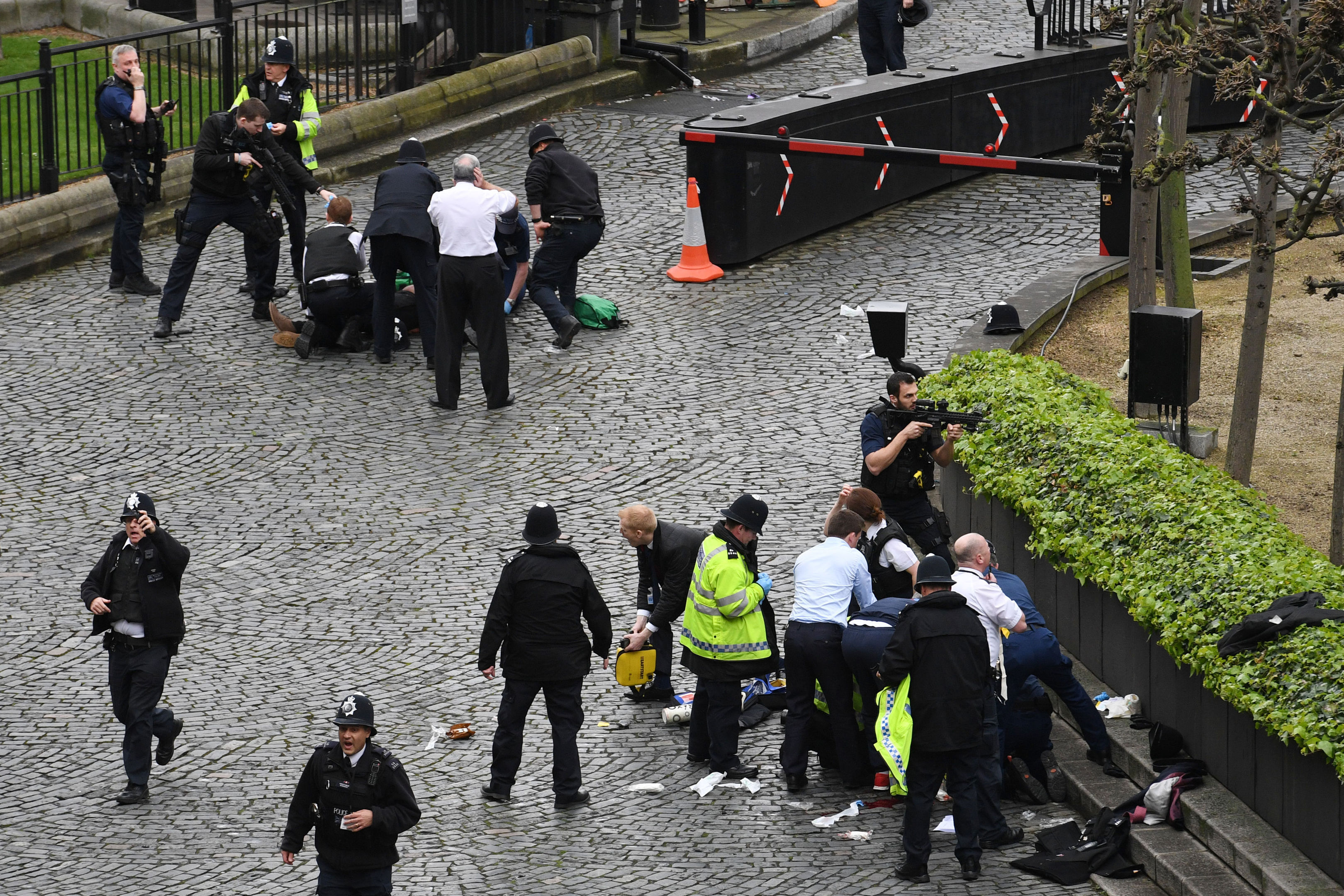Dr Tim Wilson, is the Director of The Handa Centre for the Study of Terrorism and Political Violence, at the School of International Relations at the University of St Andrews.
This is certainly not the first major assault on the Houses of Parliament.
Even if we ignore the failed 1605 Gunpowder Plot — more of a coup attempt, really — there have been other attacks designed to grab public attention. But it is by far the deadliest.
Bomb attacks by Irish Republicans (January 24 1885; June 17 1974) succeeded in causing a few injuries, but not carnage on this scale.
The striking feature here is that the means of destruction were apparently so limited and basic: a man, a car and a knife.
https://www.thecourier.co.uk/news/uk-world/392471/detectives-probe-westminster-knifemans-terror-rampage-that-left-five-dead/
That the attacker nonetheless succeeded in generating such a slew of dramatic images is, unfortunately, likely to serve as inspiration for copy-cat attacks: a danger the Metropolitan Police have shown that they are fully aware of. Such limited means may, indeed, reflect the downgraded ability of ISIS-sympathisers to mount more sophisticated attacks: but this remains rather cold comfort.
In terms of political fall-out, much will now depend on the kind of detail that emerges about the attacker. The Metropolitan Police clearly performed very well; they prevented the attacker penetrating parliament proper and — as the tragic death of PC Keith Palmer demonstrates — held the line with both enormous courage and self-sacrifice. Unlike the bungled shooting of Jean Charles de Menezes on July 22 2005 (when the force was under almost unbearable public pressure to prevent suicide attacks), this police shooting will not earn much criticism.
The intelligence services may get a rougher ride from the media and in the twittersphere, if — as the Birmingham raids seem to indicate — there does seem some evidence that the attacker was part of wider networks that were on their radar. That said, this type of attack is almost impossible to prevent, as all informed commentators agree.
It is to be hoped that the quality of the public debate reflects some awareness of this: Theresa May’s public reaction to the attacks, despite its inevitable jingoistic flourishes, at least leaned encouragingly in this direction.
That all can feel totally safe all the time…is totally delusional
Less helpful is the kind of rhetorical support offered by Donald Trump Jnr in criticising London Mayor Sadiq Khan’s sane and measured comments last September that remaining prepared for the possibility of a major terrorist attack was ‘part and parcel of living in a great global city’. Such utopianism — that all can feel totally safe all the time — is simply delusional. That way only policy madness lies.

